Peak Shaving: A Smarter Way to Reduce Energy Costs and Boost Grid Efficiency
What is Peak Shaving?
Peak shaving is the process of reducing electricity consumption during periods of high demand, also known as peak hours. These are times when the grid is most stressed, and electricity prices are typically at their highest.
By strategically lowering demand during peak periods, businesses and industries can save money, ease pressure on the grid, and contribute to a more sustainable energy future.
Think of it like avoiding traffic jams—if everyone drives at the same time, congestion happens. Similarly, when everyone uses electricity at once, costs rise. Peak shaving helps balance that load.
Why Does Peak Shaving Matter?
Peak shaving is not just about saving money; it has broader benefits:
- Lower Energy Costs: Utilities often charge extra for electricity used during peak hours. Shaving peaks directly reduces these charges.
- Improved Grid Stability: High demand stresses the grid, sometimes leading to blackouts. Reducing peaks helps prevent such issues.
- Environmental Benefits: Avoiding peaks reduces the need for “peaking power plants,” which are usually fossil-fuel-based and less efficient.
- Operational Efficiency: Businesses can plan energy usage better, ensuring smoother operations without surprise costs.
How Peak Shaving Works
There are different strategies companies use to manage peak demand:
1. Load Shifting
Instead of running energy-intensive equipment during peak hours, businesses move operations to off-peak times. For example, factories may run heavy machinery at night when electricity is cheaper.
2. Battery Energy Storage Systems (BESS)
3. On-Site Power Generation
Some companies use solar panels, diesel generators, or combined heat and power (CHP) systems to generate their own electricity during peak periods.
4. Demand Response Programs
Utilities often incentivize large consumers to cut back usage during peak demand. Businesses can voluntarily reduce load in exchange for financial rewards.
Real-World Applications of Peak Shaving
- Manufacturing Plants: By running energy-heavy processes at night, factories cut costs and extend equipment life.
- Commercial Buildings: Offices use smart HVAC controls to reduce cooling loads during the hottest hours.
- Data Centers: These facilities rely heavily on backup batteries to reduce dependency on expensive peak-time electricity.
- Hospitals: Critical facilities use on-site generation to ensure uninterrupted power while reducing grid reliance.
The Role of Technology in Peak Shaving
Technology plays a key role in enabling efficient peak shaving strategies:
- Smart Meters & IoT Sensors: Track energy usage in real time.
- AI & Energy Management Software: Predict demand and optimize load distribution.
- Advanced Battery Storage: Lithium-ion and flow batteries allow businesses to store and use energy more flexibly.
Peak Shaving vs Load Shifting: What’s the Difference?
While the terms are often used interchangeably, they are slightly different:
- Peak Shaving = Reducing energy consumption during peak hours, either by cutting load or using stored/alternative power.
- Load Shifting = Moving energy use to non-peak hours without necessarily reducing total consumption.
In practice, many businesses use a combination of both strategies to maximize savings.
Future of Peak Shaving: Why It’s Growing in Importance
As renewable energy sources like solar and wind expand, peak shaving is becoming more important:
- Integration with Renewables: Solar energy naturally reduces daytime peaks, while batteries store excess for evening demand.
- Rising Energy Prices: With increasing global demand, businesses are under more pressure to control energy bills.
- Sustainability Goals: Many companies adopt peak shaving as part of their carbon-reduction strategies.
Conclusion: Why Businesses Should Care About Peak Shaving
Peak shaving is not just a cost-saving tactic—it’s a strategic approach to energy management. By reducing peak demand, businesses lower expenses, improve efficiency, and support a cleaner grid.
With technologies like battery storage, AI-powered energy management, and renewable integration, peak shaving is more accessible than ever.
For businesses aiming to stay competitive, adopting peak shaving isn’t just smart—it’s essential.


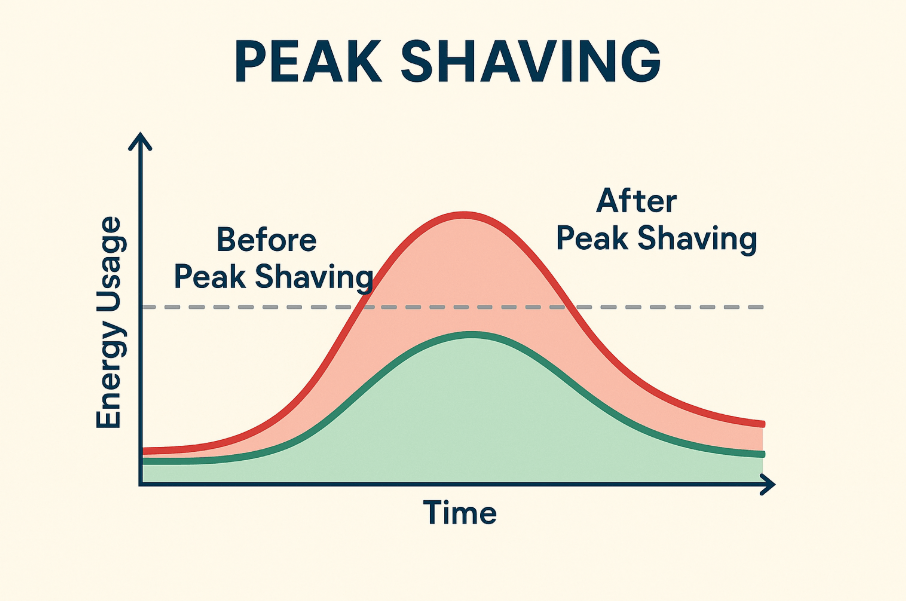
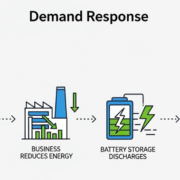
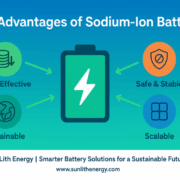
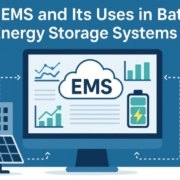
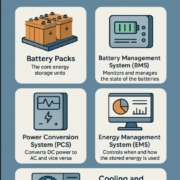

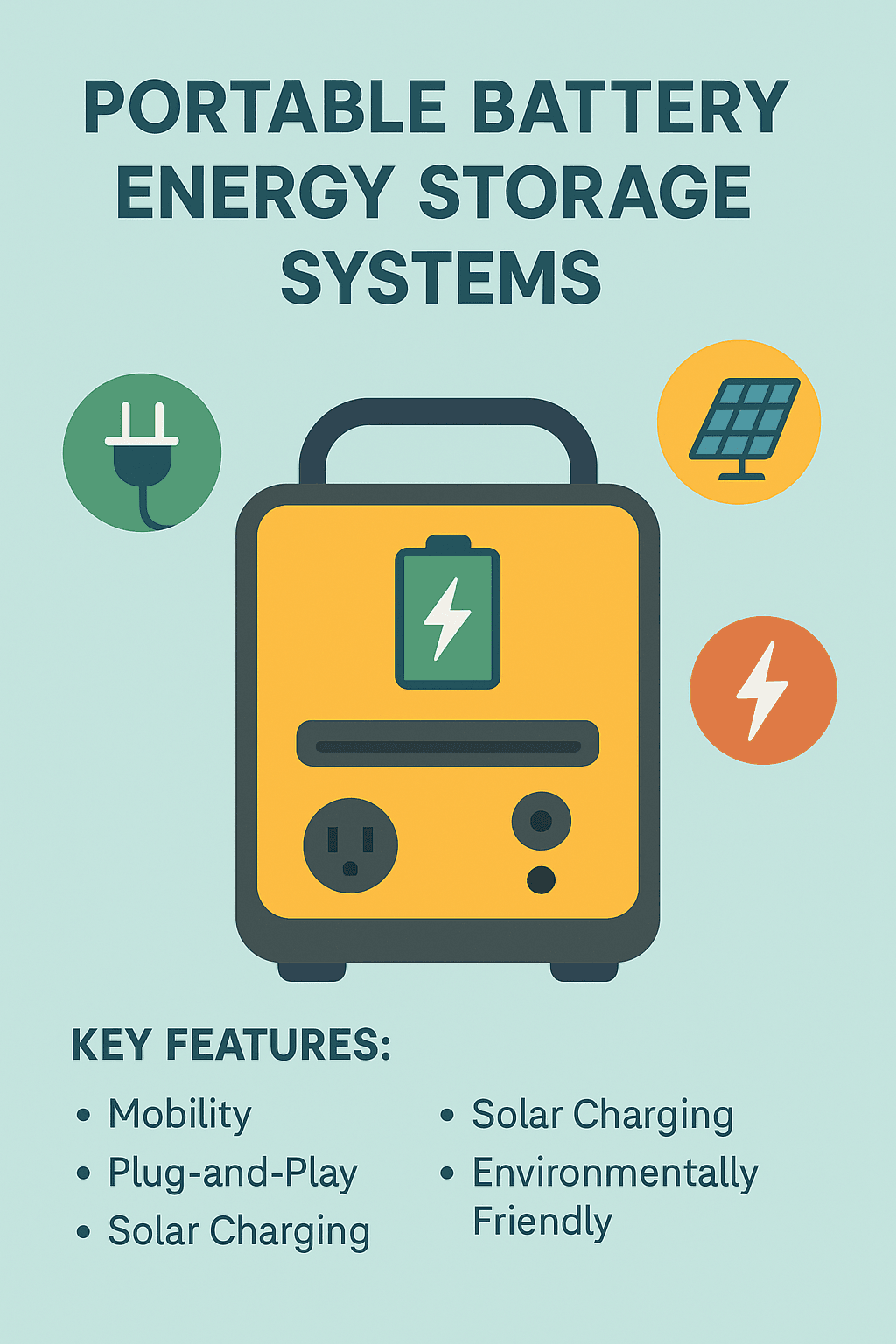
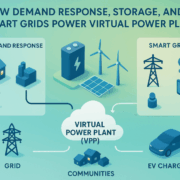
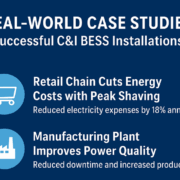


Trackbacks & Pingbacks
[…] 4. Peak Shaving […]
[…] 👉 Reference: Peak Shaving: A Smarter Way to Reduce Energy Costs and Boost Grid Efficiency […]
[…] For businesses, one of the most direct advantages of Battery Energy Storage System (BESS) is lowering electricity costs through peak shaving. […]
[…] Electricity costs more during high-demand times (like hot summer afternoons). BESS helps with peak shaving, where stored energy is used instead of expensive grid power. […]
[…] Lithium still leads in cycle life, but sodium is catching up fast—especially for grid and renewable storage where safety and cost matter more than ultra-long […]
[…] 15-minute demand interval each month. By deploying stored energy during peak demand, companies reduce these costly charges […]
[…] One of the most common applications of C&I BESS is peak shaving. Utilities often charge businesses based on their highest electricity demand during peak periods. By discharging stored energy at these times, a C&I BESS reduces demand charges significantly. […]
[…] bidirectional flow, the PCS allows the C&I BESS to provide services like peak shaving, load shifting, and grid support, ensuring seamless energy […]
[…] Peak shaving is the process of reducing energy consumption during times of peak demand. These are periods when electricity prices are highest and the grid is under maximum stress. Companies achieve peak shaving through: […]
[…] Peak Shaving: Replace fossil fuel generation during peak demand hours. […]
Leave a Reply
Want to join the discussion?Feel free to contribute!